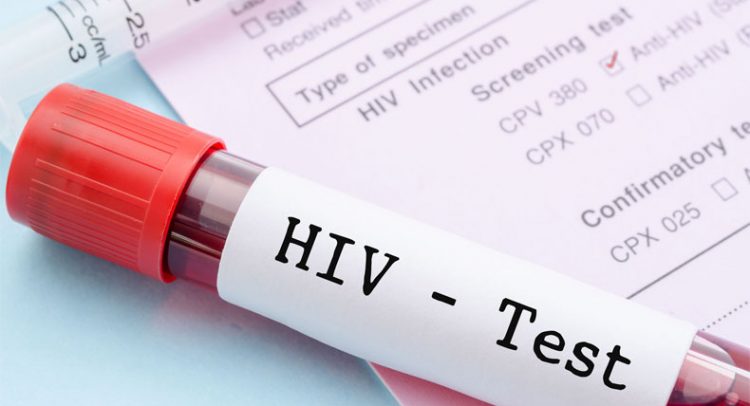Outcome of a national survey conducted by the Ghana AIDS Control Programme (NACP) has identified the Bono Region to be the region with the highest HIV prevalence in the country as it recorded a 3.4 per cent rate in 2019.
This was followed by the Ashanti and Greater Accra regions which both had a rate of 3.2 with the North East and Northern having the lowest rate of 0.8 respectively.
The study, which targeted pregnant women attending antenatal clinics and patients seeking treatment for Sexually Transmitted Infections (STI), analyzed 25,925 samples from 55 antenatal clinic and two STI Clinic sites across the country.
Samples were collected between the period of September 23 and December 13 of last year where persons between the ages of 15 and 49 years were targeted.
The Programme Manager, NACP, Dr. Stephen Ayisi Addo, speaking at the report launch, disclosed that a 10-year analysis of previous prevalence data had shown that prevalence was increasing in the country and for that reason “things needed to be done differently.”
With exception of the Central Region and the Eastern Region, which recorded a prevalence rate of 1.5 per cent and 2.6 per cent respectively in 2019, all other regions in a linear trend analysis, he said, had either maintained a stable or upward trend.
According to the report, Mamobi, a surburb of the Greater Accra Region had the highest prevalence in urban sites as it recorded a 4.2 per cent prevalence rate while Fanteakwa in the Eastern Region had the highest rate of 4.8 per cent in rural sites.
On the other hand, Adibo, a rural site recorded a 0.0 prevalence rate, while Nalerigu was the urban site with the lowest prevalence rate as it recorded 0.6 per cent.
He observed that prevalence was highest among the age group of 40-44 as 3.6 per cent was recorded while prevalence was at its lowest among the age group of 15-19 with a recorded rate of 0.6 per cent.
“15-24 years is a proxy for new infections so if there is a prevalence of 1.2 then we know there is some new infections occurring,” he said
Samples from both STI sites understudy in Adabraka, a surburb of Accra and Suntreso, a suburb of Kumasi had shown a prevalence rate of 5.7 per cent, which marked a decrease from 9.2 per cent in 2018.
It was also observed that the age group of 40- 44 years had the highest prevalence rate of 15.6 per cent, while 15-19 years had the lowest prevalence rate of 0.0 per cent at the sites.
Going forward, Dr Ayisi has suggested a need for a comprehensive approach towards data capturing in order to address challenges of discrepancies where data collected at testing centres do not get entered into District Health Provision Management System (DHPMS) at health centres.
He called for the tasking of Ghana Post Office to be solely responsible for transporting samples from testing centres to health centres so as to ensure proper capturing of data.
By Issah Mohammed

